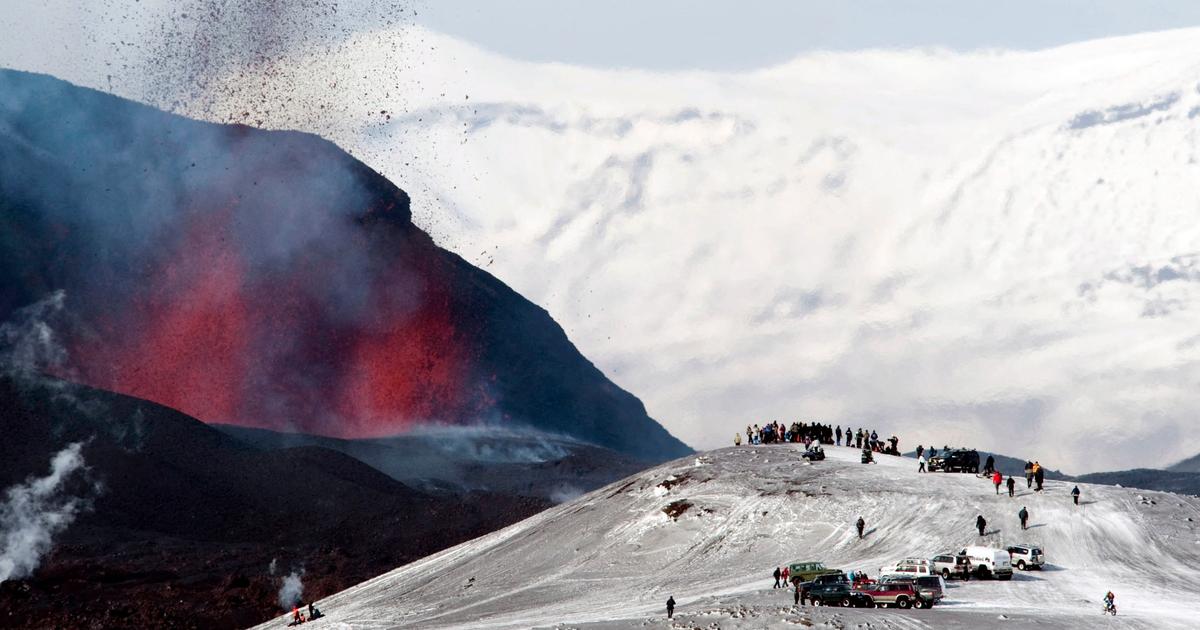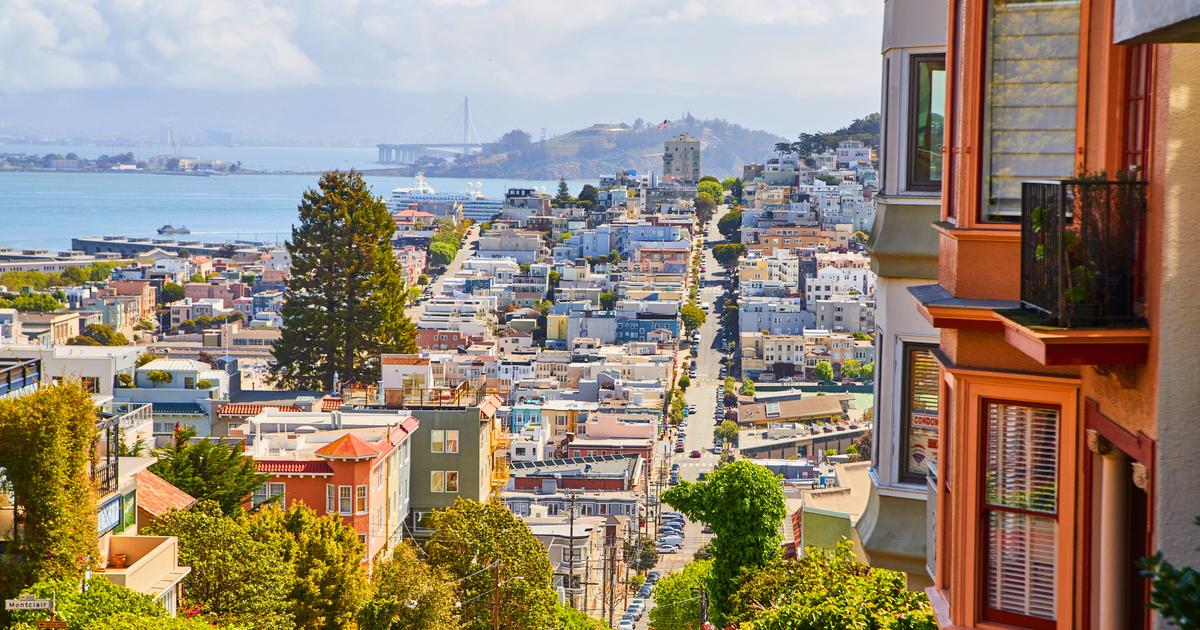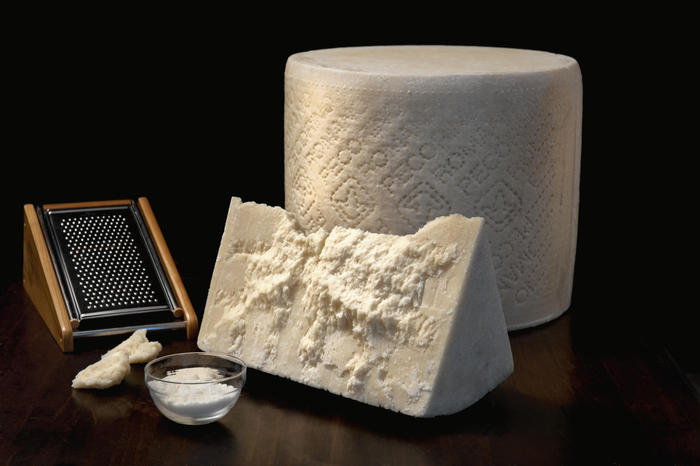We had a strong breakfast at the embassy and sailed the Bosphorus between Europe and Asia to the Sea of Marmara, watching the cormorants fly and dive, then disembarked at the entrance of the Golden Horn and strolled through the heart of Istanbul before meeting to eat with friends. Believe it or not, this has been the plan that Guillermo Altares and I have had for a few days, turned into the strange couple and pinching each other (each to himself) to believe that it was true, you, that we had sneaked into a life so different from our usual one. "Hey, don't you feel like a Lawrence Durrell character?" said William, bent so richly on the railing of the motorboat, cavalierly sucking on a Turkish delight as we watched embassies, mosques, bridges and palaces (and battered Ukrainian freighters from the Black Sea) pass by on our leisurely voyage from Büyükdere. The Turkish flag flew aft putting a note of red, moon and star in the slow foam of our wake.
Yes, we would like to be people of that, Darley, Mountolive or Pursewarden, although we fit more in the category of pillaster characters of Eric Ambler, who not in vain wrote (in addition to The Mask of Dimitrios) The light of day, taken to the cinema as Topkapi, which was one of the places – the palace – that, precisely, we were going to visit. Come on, we only needed Akim Tamiroff in the group.
More information
The Dark Angel of Constantinople A trip to Istanbul with the historical and literary memory of the fall of Constantinople
We had traveled to Istanbul not to steal Mahmoud I's dagger (initially), but for an activity organized by the Spanish Embassy in Turkey: a conversation about cultural journalism that took place at the city's Instituto Cervantes. We were staying in the summer residence of the embassy, one of the most beautiful diplomatic buildings in Istanbul, an 1854 palace by the Fotassi brothers overlooking the Bosphorus and wonderfully decadent. Since the host, Ambassador Javier Hergueta, promoted a casual dress code and atmosphere (without any label or Ferrero Rocher) we felt at home (and what a home!). Even more so because having a drink in the garden, Hergueta explained to me that Admiral Canaris, the head of the Abwehr, the military intelligence of the Third Reich had been there (and had begun its fall following the defection of the Vermehren couple, carried by a British submarine).
An image of the Bosphorus in Istanbul.Matteo Colombo (Getty Images)
Hergueta knows how to capture your interest, whether talking to Guillermo de Mladic or the Patriot missiles or to me about Lola, a stubborn camel he had during his assignment in Yemen and whom the members of the special forces protecting the embassy tried unsuccessfully to shampoo Roots and Spikes. He told me that he had up to 66 armed men at the time and I told him that, gosh, he could have taken advantage of it to make a kingdom of his own down there, like Brooke, Mayrena or Dravot: he did not seem surprised by the idea. Since in the residence were also the cultural attaché, José Luis Martín-Yagüe; the press officer and counselor of public diplomacy, Gregorio Laso, and the writer and poet Rosa Cuadrado, author of the beautiful book Istanbul unexpected, really the atmosphere was very Durrellian, apart from the great potato omelette of the embassy and that would hardly meet in all Turkey so many admirers of Lawrence of Arabia.
José Luis commented that he had seen a jaguar (in the Amazon rainforest, not in Istanbul) and how tasty the roasted pangolin is, and I don't know who remembered that the Turkish imperial eunuchs were converted with Atatürk into tram collectors. That was the atmosphere. Anyway, in the morning, as I said, well breakfasted, Guillermo and I went to our commitments, which consisted of seeing everything we wanted in Istanbul. We took a ferry that looked like something out of a Tintin album and spent almost two delicious hours sailing in front of the beautiful villas on the European side, with the shearwaters brushing with their wings the silver cusps of the waves, until we reached the Eminonu pier and spread out in search of joys, cultural of course. "I give you the city to enjoy as a feast," the Conqueror encouraged his soldiers, haranguing them for the last assault: that was the spirit.
In Hagia Sophia the atmosphere has changed a lot since Erdogan has turned it into a mosque (until August 2020 it was a museum). Curiously, it has lost solemnity and the ugly green carpet gives it an air like Sónar, even more so because people stretch as if they were picnicking. After the Sublime Gate under construction we visit the great Archaeological Museum and then enter the Topkapi Palace, more attracted by the armory than by the seraglio (you have to pay an extra entrance and there are no odalisques). We saw in the first beautiful swords, including that of Mehmed II (of such bad memory for his beautiful slave Irene), maces, bows, shields, helmets ... And outside, in the gardens, next to ashy crows and sparrows, the ubiquitous common mynas, those pretty Asian birds with beaks and yellow glasses. On the other hand, we do not find the famous mantle of the Prophet, absent without explanation from his showcase in the rooms of Relics. We crossed to the Asian side of the city then for a meal with journalists Andrés Mourenza and Mikel Ayestaran, of whom you are surprised, given their capacity for analysis and their courage in the face of risks (Mikel was already returning to Kiev, via Moldova) not only to have the same job, but to belong to the same species.
View of the Bosphorus from a ferry in Istanbul.Anton Petrus (Getty Images)
Well, but I was also going to do war journalism. Of war something old for that. Among my many B plans for the trip was to satisfy one of my Constantinopolitan obsessions: to find and finally visit one of the sections of the old wall in which there was more hustle and bustle when the city fell on the disastrous date (not for the Turks) of May 29, 1453. The gate of San Romano is out of hand and when you walk along the wall of Theodosius, which closes the land side of Istanbul, six kilometers between the Sea of Marmara and the Golden Horn, all the cloth seems the same. I managed to drag Guillermo, José Luis, Gregorio and Seljuk with me, the four of them off guard after lunch. I is that it is to arrive in Istanbul and go crazy with the wall like others with Turkish food. I've visited several important places, but the San Romano Gate (or Canyon) is the poetic ground zero of the assault: where the last Byzantine emperor Constantine Palaiologos threw out the rest and fell fighting, and where the climax of The Gloomy Angel, Mika Waltari's beautiful novel about the fall of Constantinople, occurs.
After getting confused several times, we ended up finding the door, the Last Stand of the last porphyrogeneto of the last Rome. At the entrance of the gate, from inside the wall, two impressive statues of Turkish warriors, Janissaries, rise on both sides to give the martial atmosphere that remains, instead, a neighboring public garden. People, who descend from the tram outside, cross the pass without paying any attention. That door that marked so many destinations. There are many cats, cats of Istanbul, of strong and wise air. My companions wandered around without any special emotion. Meanwhile, I hurried the time that was granted to me (as Juan Angelos did) tasting every minute, rereading the passages of my old copy of Waltari's novel. "We met at the door of San Romano as promised, I didn't even know where it was, but fate has brought me to it." Aleo e polis!, the city is lost, the drums of the Janissaries redouble and their scimitars shine fast as lightning. On the ground outside the wall a woman emptied a bag full of old bread and hundreds of seagulls hovered over her and threw themselves ashore amid loud shrieks. The wings rose and fell like the hats of the Janissaries, crossing the gap of the wall and the gate of San Romano.
Later we went to the Cervantes Institute. We speak to a very dedicated and friendly audience about the theory and practice of cultural journalism, its greatness and miseries. We got serious and made people laugh (quite a bit). We answered some questions -what has been your worst experience?, the most difficult interviewee?, what do you think of AI?- and the "conversation" closed with applause, which did not cease to surprise us. We finished the evening in one of the famous pastry shops on Istiklal Street before some cakes the size of the shells of Mehmet's gunboat, Orban. But nothing could sweeten the fact that the bowling was over, and that we would leave Istanbul leaving only the imprint of our shadow in the streets of the city, the stones of the walls, the mirroring waters of the Bosphorus and the memory of friends.
Subscribe to continue reading
Read without limits
Read more
I'm already a subscriber













/cloudfront-eu-central-1.images.arcpublishing.com/prisa/S7ERVSCT4FUVX6R7TUVBDNTH5Y.jpg)
